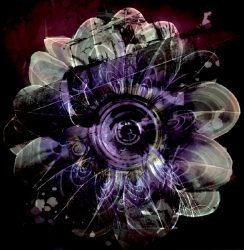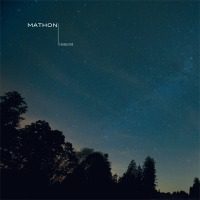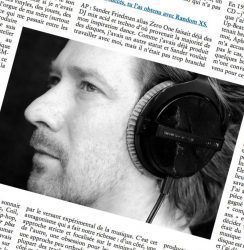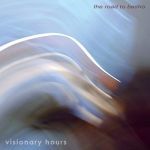Human Greed – Fortress Longing
When waiting for this album to arrive, I have wondered about its strange subtitle: “The internal campaign for the safe and complete return of the sleeping egyptian to the desert”.
How to prepare for an album about a sleeping egyptian craftsman, waiting endlessly in the British Museum, dreaming about his return to find rest under his lost ‘blanket of sand‘…?
I had no real doubts, of course, considering the preceding Human Greed albums, and Michael Begg‘s contribution to the Fovea Hex projects, as well as his ‘Fragile Pitches’ collaboration project with Colin Potter.
But, to be honest, I was somewhat reserved about this album’s mythological theme and the effect it might have on the music.







